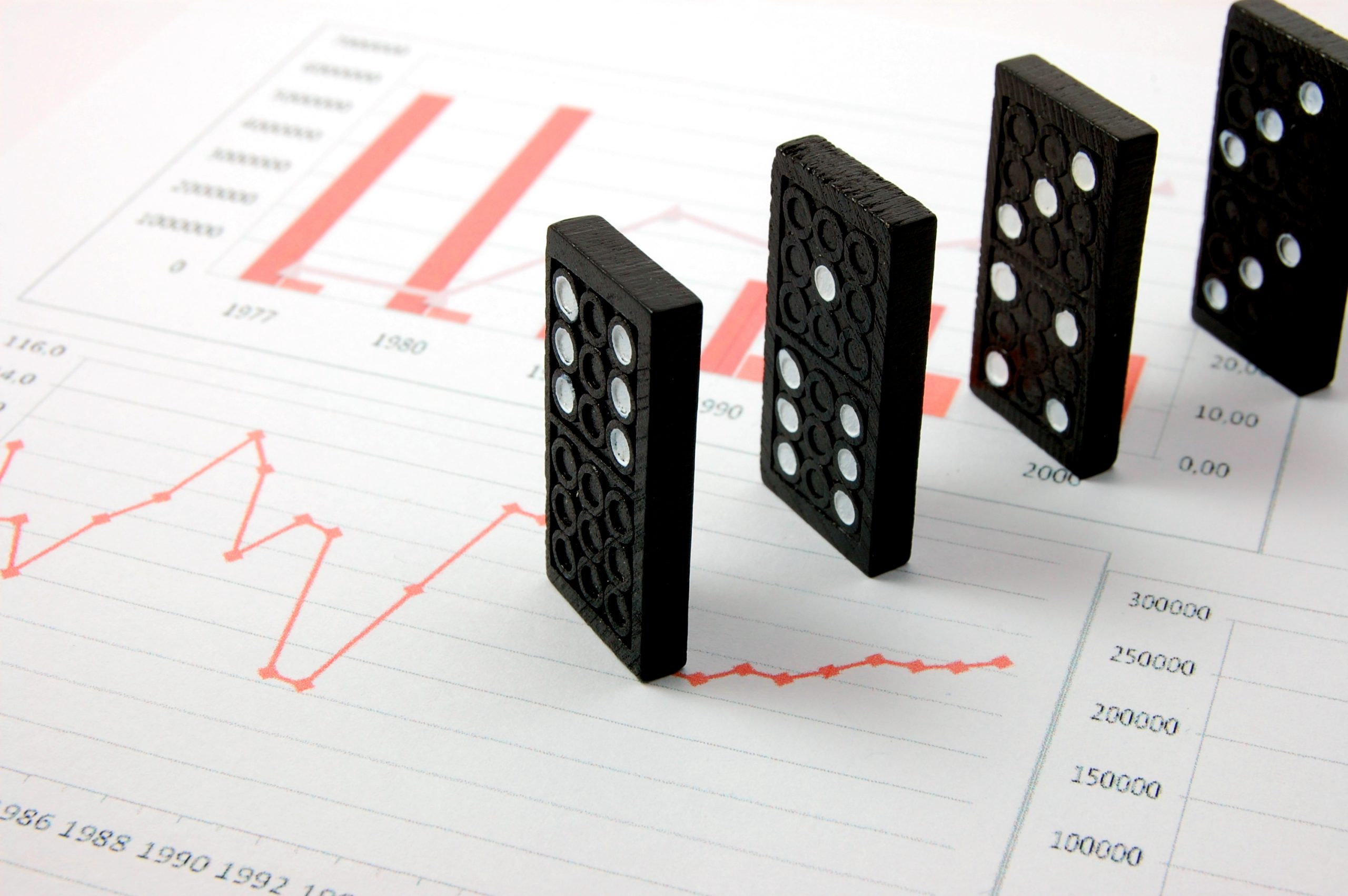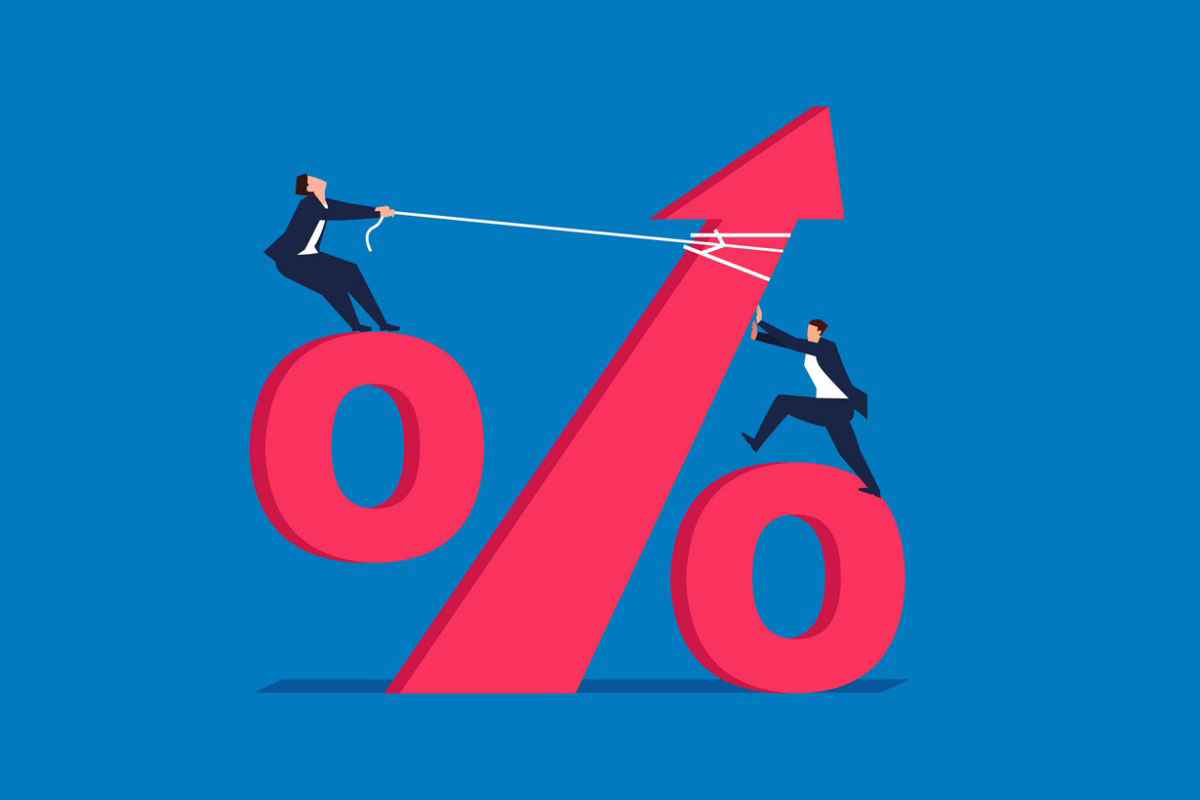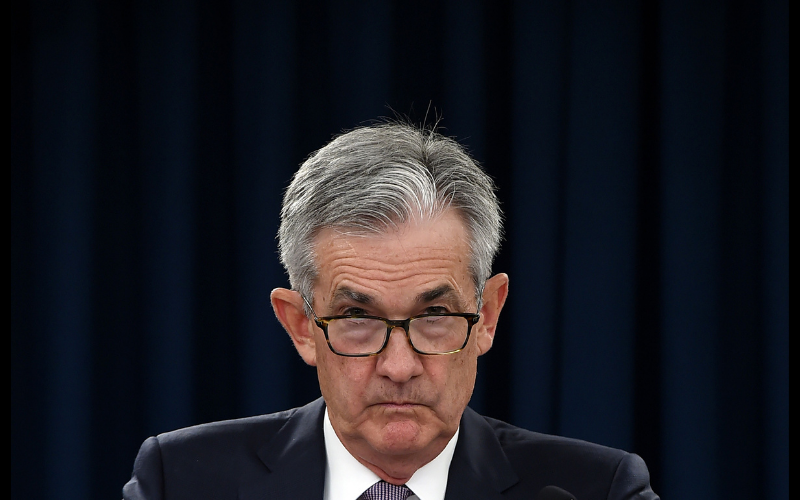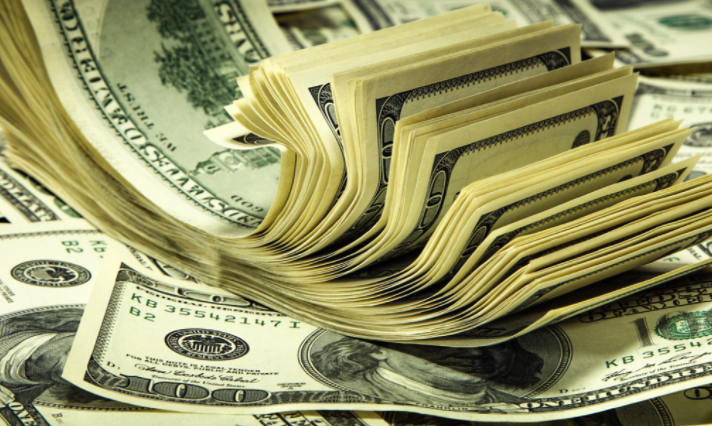The Bank of Canada shocked investors on Wednesday, raising interest rates by 100bp, the largest single month increase for the central bank in 24 years. Going into the meeting, investors anticipated a big move – 75bp to match the Federal Reserve’s 3/4% percentage point hike in June. However with inflation hovering near 40 year highs, the central bank felt that it was necessary to front load interest rate increases to ensure that high inflation does not become entrenched and more difficult to reverse in the future.
Governor Macklem said “By front-loading interest rate increases now, we are trying to avoid the need for even higher interest rates down the road. Front-loaded tightening cycles tend to be followed by softer landings. This argues for getting our policy rate quickly to the top end or slightly above the neutral range.” The Canadian dollar traded higher against all the major currencies even after the central bank acknowledged that future rate hikes could be smaller and growth weaker because at the end of the day, the BoC is leading the inflation fight.
Now the question is Will the Federal Reserve follow with a full 1% rise of their own? According to today’s red hot inflation report, U.S. rate hikes need to get bigger and bolder. Consumer prices grew 9.1% yoy in the month of June, the fastest pace in more than 40 years. While higher inflationary pressures were anticipated, this increase was significantly stronger than the market’s 8.8% forecast.
Food and gas prices played a big role in the jump but excluding these volatile items, core prices also grew at a faster than forecasted pace of 5.9%. The recent decline in raw material prices in July is encouraging but today’s report indicates that prices are easing from a much higher base. If the Fed wants to avoid entrenched inflation and preserve the possibility of a soft landing, they may also need to hike by 100bp this month. That’s what investors are betting on with swaps market pricing in 75% chance of 1% rate rise this month. Stocks tumbled in response, but the sell-off in U.S. yields and decline in the dollar since the CPI report reflects the growing concern that aggressive rate hikes will lead to a global recession.
While a 100bp rate hike by the Fed in July has nothing to do with following in the footsteps of the Bank of Canada, their motivations will be the same. Raise rates now when the economy is still strong enough to withstand it to avoid a deep recession in the future. Raise interest rates now to forcefully bring down inflation as rising borrowing costs have a direct effect on how much consumers can afford to spend.
The Reserve Bank of New Zealand also lifted interest rates by 50bp but unlike the loonie, the New Zealand dollar largely shrugged off this widely anticipated decision. Both the RBNZ and the BoC signaled further rate rises beyond this month’s moves. If the Fed fails to deliver a 100bp hike, the U.S. dollar could sell off sharply in response. With that said, the Fed meeting isn’t until July 27th, 2 weeks from now. Whether the Fed follows through with a move as big as the BoC could depend largely on Friday’s retail sales report and USD/JPY gains could be limited by the possibility of weaker spending.
Euro dropped below parity with the U.S. dollar for the first time in 20 years. Although it ends the day above this pivotal level, EUR/USD’s weakness is a reflection of Europe’s headwinds. From high inflation to energy supply constraints and slowing growth, ECB President Lagarde will have a lot to be worried about when she gathers her team for their policy meeting next week. They are preparing to raise interest rates for the first time in more than decade and given these factors, she has little motivation to tighten as aggressively as her peers, reinforcing the currency’s subdued outlook.





